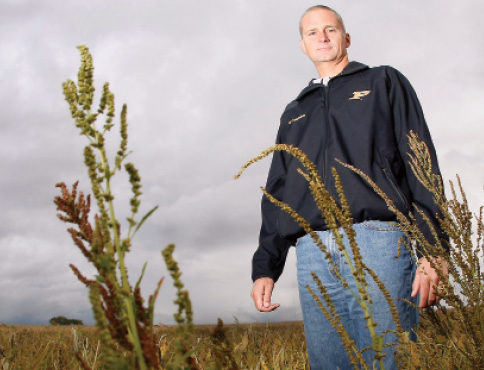No-Till Farmer
Get full access NOW to the most comprehensive, powerful and easy-to-use online resource for no-tillage practices. Just one good idea will pay for your subscription hundreds of times over.

Due to some late-summer rainfall and an early harvest this year in many states, no-tillers who aren’t seeding cover crops may want to beef up their fall weed-control program to help keep fields clean for next year.
Depending on geography, pigweed or Palmer amaranth, henbit, chickweed, wild carrot, marestail, purple deadnettle, poison hemlock, wild garlic, wild onion, dandelion and annual bluegrass are just some of the weeds that may come on strong.
Cover crops that either didn’t germinate last fall or were allowed to drop seed this year may also emerge.
“In the Midwest, we’ve had relatively poor control of weeds this year, so we have a large weed-seed bank to contend with this fall,” says Dawn Refsell, Midwest technical representative for Valent U.S.A. “Where the crop canopy is absent and some moisture is present, we’ve seen new flushes of weeds.”
“We anticipate there will be quite a few dandelions, which are easier to control in the fall when sugars are going into the taproot,” says Jeff Carpenter, U.S. corn portfolio manager for DuPont Crop Protection.
Jim Bloomberg, a product development manager for Bayer CropScience, spent a few weeks in August touring corn fields across the Midwest and noted that populations of Palmer amaranth are creeping north from the mid-South. He adds that more waterhemp, giant ragweed and kochia is showing up with varying degrees of herbicide resistance.
Fall weed control is important, he says, because it’s the best time to control biennial and perennial weeds and keep weed-seed banks…